The Article
SR6013 and SR5013 Receivers From Marantz
25th July 2018
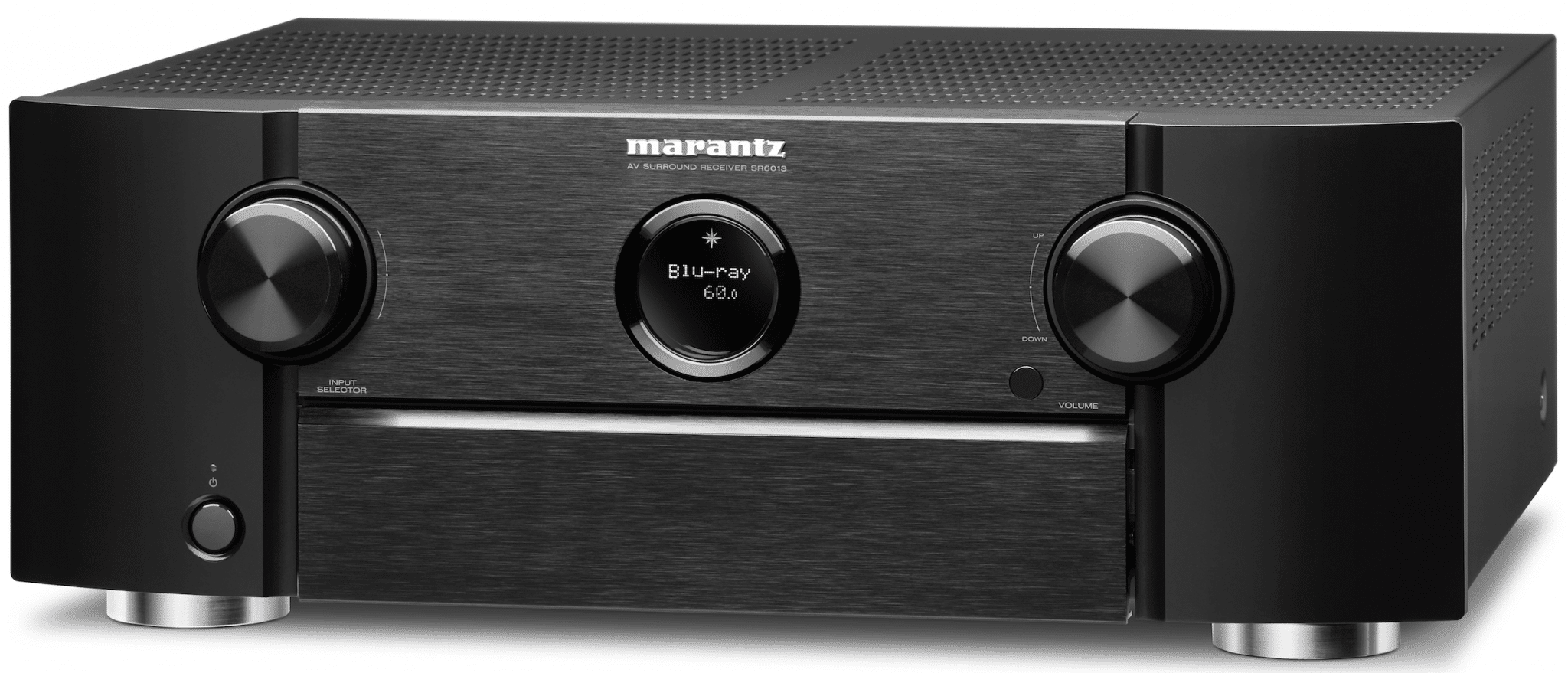
New SR6013 and SR5013 models feature compatibility with 3D audio formats, along with network and Internet music streaming via Ethernet or Wi-Fi and HEOS integration
The SR6013 features nine 185W channels of amplification and twin subwoofer outputs along with Dolby Atmos and DTS: X/DTS Virtual:X soundtracks. It can be expanded to 11.2 channels.
With eight HDMI inputs, including one on the front panel and three outputs, the SR6013 also includes 4K/60Hz full-rate pass-through, 4:4:4 color resolution, HDR and BT.2020 plus Dolby Vision compatibility and Hybrid Log Gamma. In addition, the SR6013 can upscale legacy video formats to 1080p and 4k Ultra HD (60Hz), converting analogue video inputs to HDMI. The SR6013 also supports eARC, for high-resolution home cinema sound connectivity.
Surround sound amplification includes discrete height channels, from full 11-channel DTS:X configurations through to 5.1.2-, 5.1.4-, 7.1.2- or 7.1.4-channel Dolby Atmos. Other features include Audyssey MultEQ XT32 auto-calibration plus Audyssey Dynamic Volume, LFC, Sub EQ HT and Dynamic EQ, aided by the built-in Setup Assistant and Advanced Graphical User Interface. The receiver can also be used with the Audyssey app for further customisation of the surround set-up and speaker/room compensation.
As well as playing music from network storage or USB drives, the SR6013 can also access streaming services including Deezer, Internet radio, Spotify Connect and Tidal and has built-in Bluetooth and AirPlay2 capability for wireless music streaming from portable devices and computers. Meanwhile HEOS integration means it can combine with other HEOS-capable products, from wireless speakers to remote amplifiers and receivers, to create a complete multiroom music system, all controlled from the HEOS app. In countries where Alexa is supported, the Alexa HEOS will also bring voice control to the SR6013.
The Marantz includes fully discrete amplification for each channel using the company’s Current Feedback Circuitry and the latest version of the Marantz HDAM (Hyper Dynamic Amplifier Module) technology. A Cirrus quad-core processor is used for all the digital signal processing, while separate digital to analogue conversion for each channel uses the AK4458 32-bit converter. The SR6013 also has two optical and two coaxial digital audio inputs plus a range of analogue inputs – even including moving magnet phono for a turntable.
For those who don’t need the full 9.2- or 11.2-channel surround experience, the SR5013 offers a simpler configuration with a 7.2-channel design – yet can still support Dolby Atmos and DTS:X systems with its seven 160W discrete amplifiers making possible Dolby Atmos speaker set-ups of up to 5.1.2 channels or DTS:X 2.1.2, 3.1.2 or 4.1.2 configurations. Like the SR6013, it has eight HDMI inputs 4K video support with upscaling to 4K Ultra HD (30/25/24 Hz)for legacy video sources, while two HDMI outputs allow the operation of two screens (e.g. a TV and a projector) in parallel.
It also features a full music streaming capability, handling files up to 24bit/192kHz and DSD 5.6 either over a network connection or from USB and can also access services including Deezer, Internet radio, Spotify Connect and Tidal. HEOS is also built-in, allowing the SR5013 to integrate with a complete multiroom audio system, all controlled by the HEOS app and there’s also Bluetooth and AirPlay 2 built-in as well as Ethernet and Wi-Fi networking.
There’s Audyssey MultEQ XT with Audyssey Dynamic Volume and Dynamic EQ and like the SR6013 the SR5013 uses the Marantz HDAMs in the audio path, AK4458 32bit digital-to-analogue converters for all channels and has an extensive range of digital and analogue inputs including MM phono for a turntable.
The Marantz SR5013 and SR6013 will be available in August 2018 in black or silver-gold, at £849 and £1,249 respectively.
To learn more, click www.marantz.co.uk
[Don’t forget to check out my new Facebook Group, The Audiophile Man: Hi-Fi & Music here: www.facebook.com/groups/theaudiophileman for exclusive postings, exclusive editorial and more!]

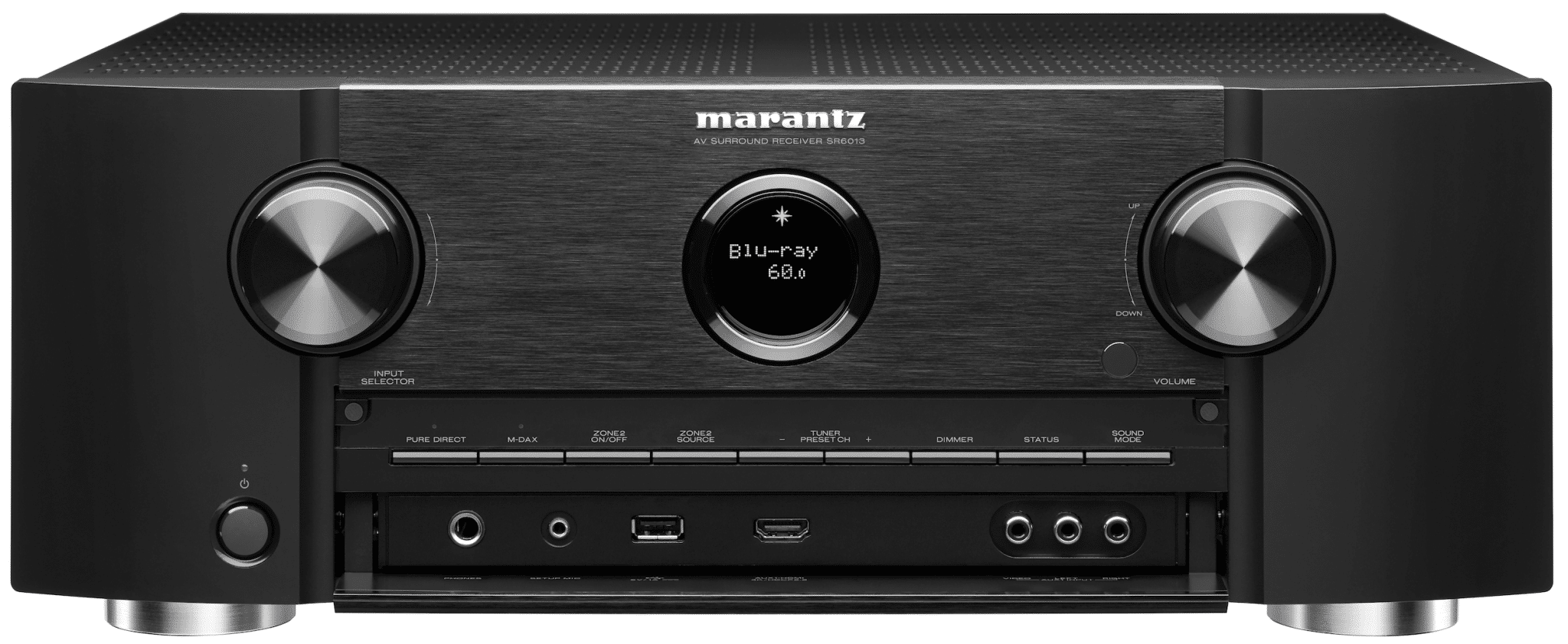
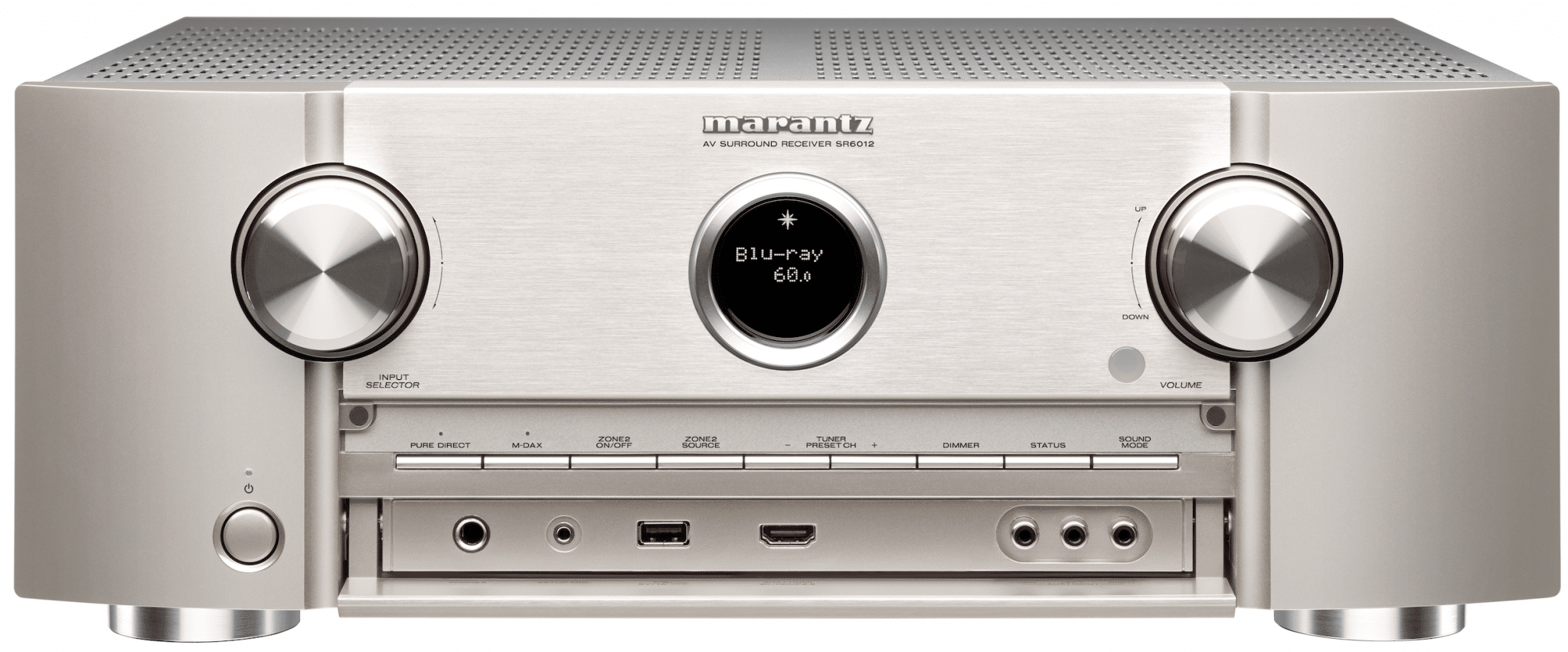
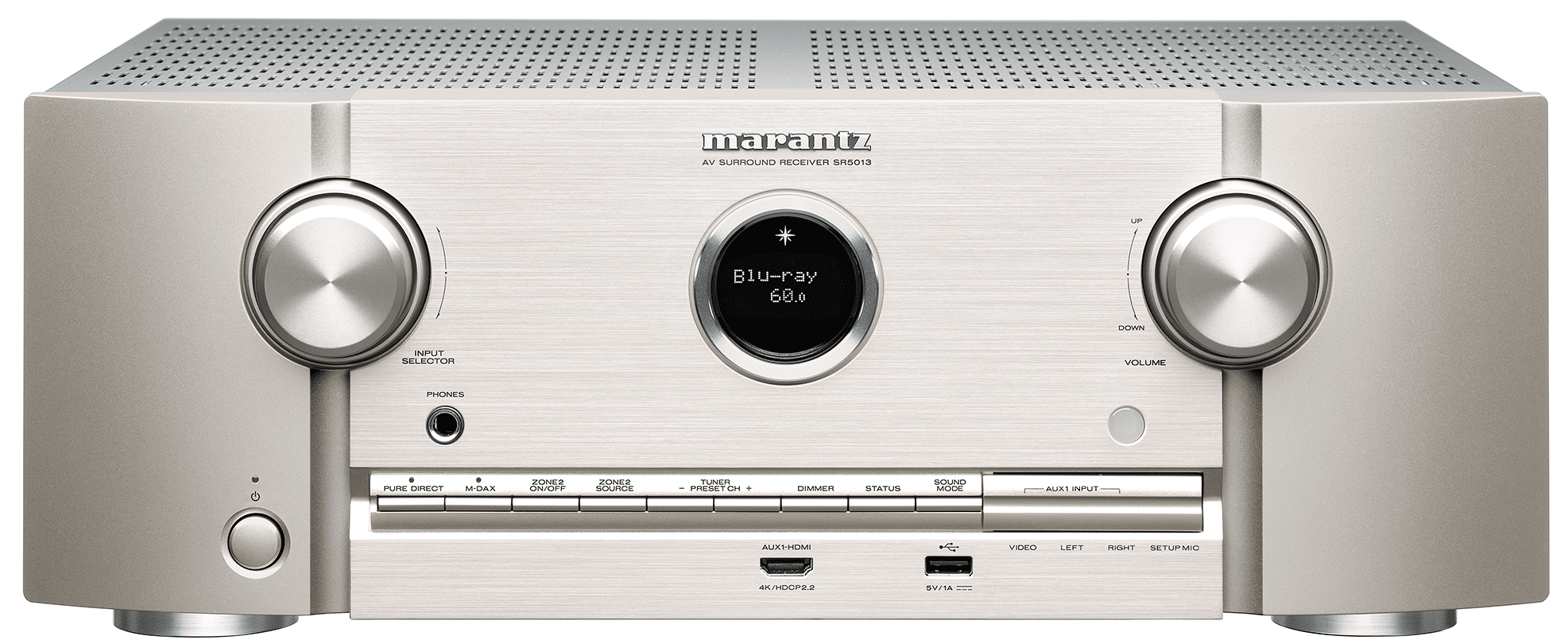
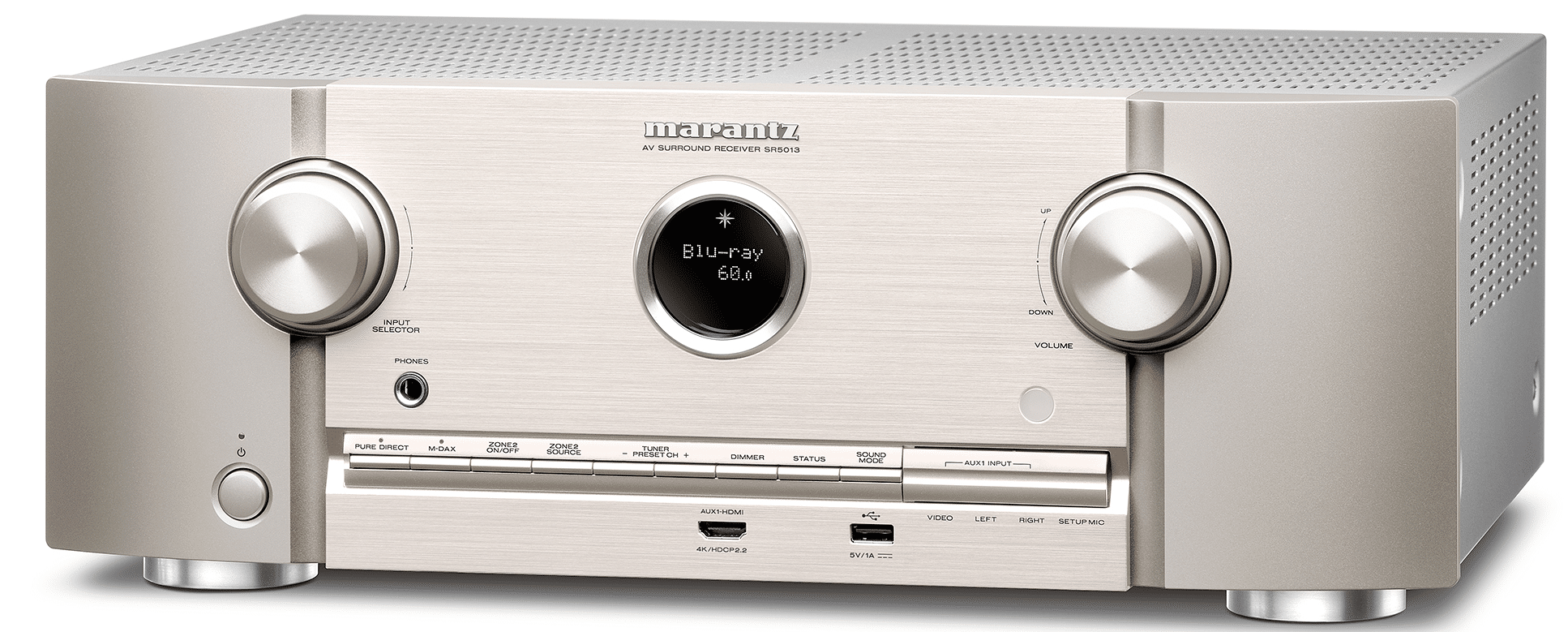
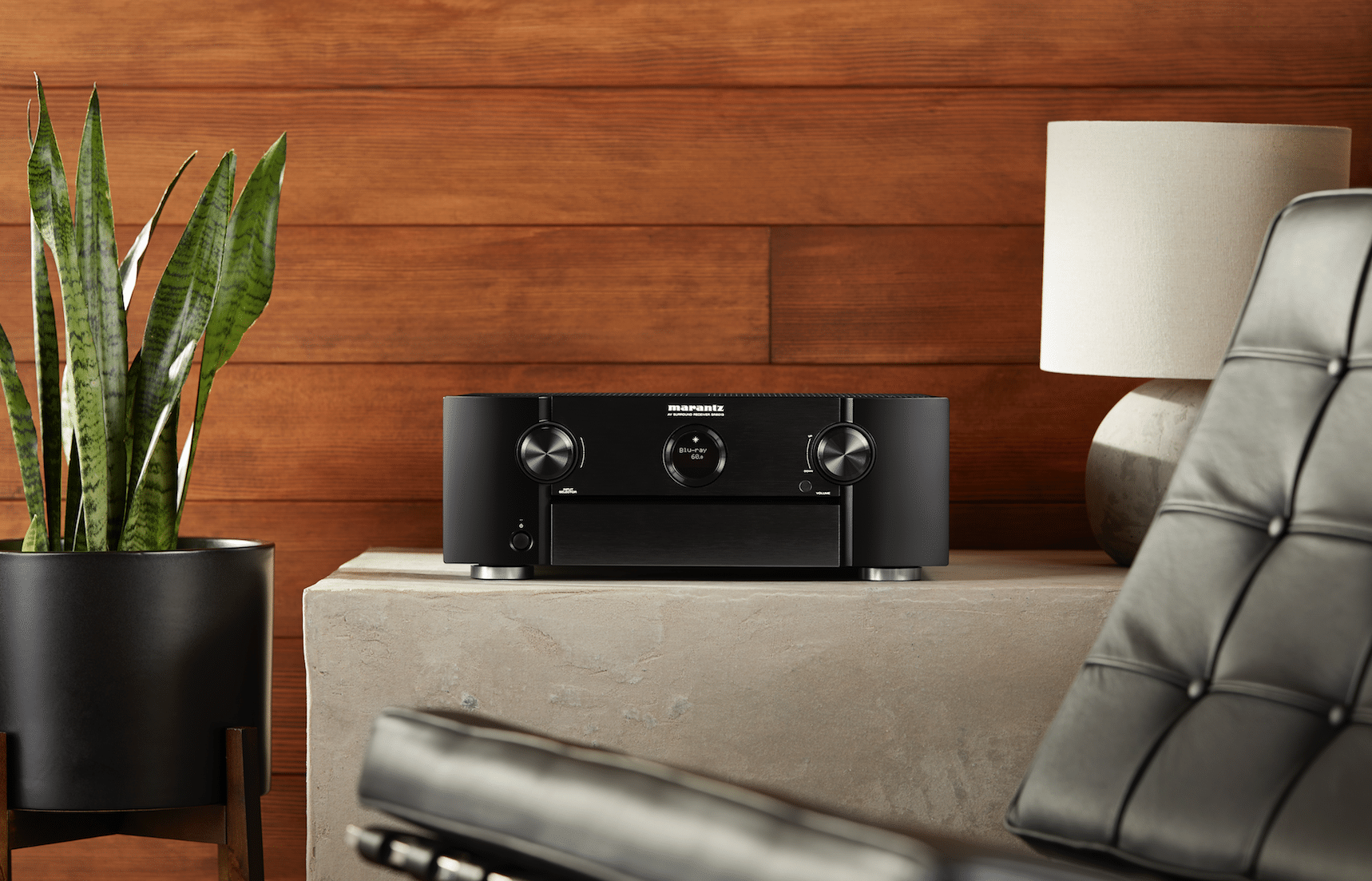
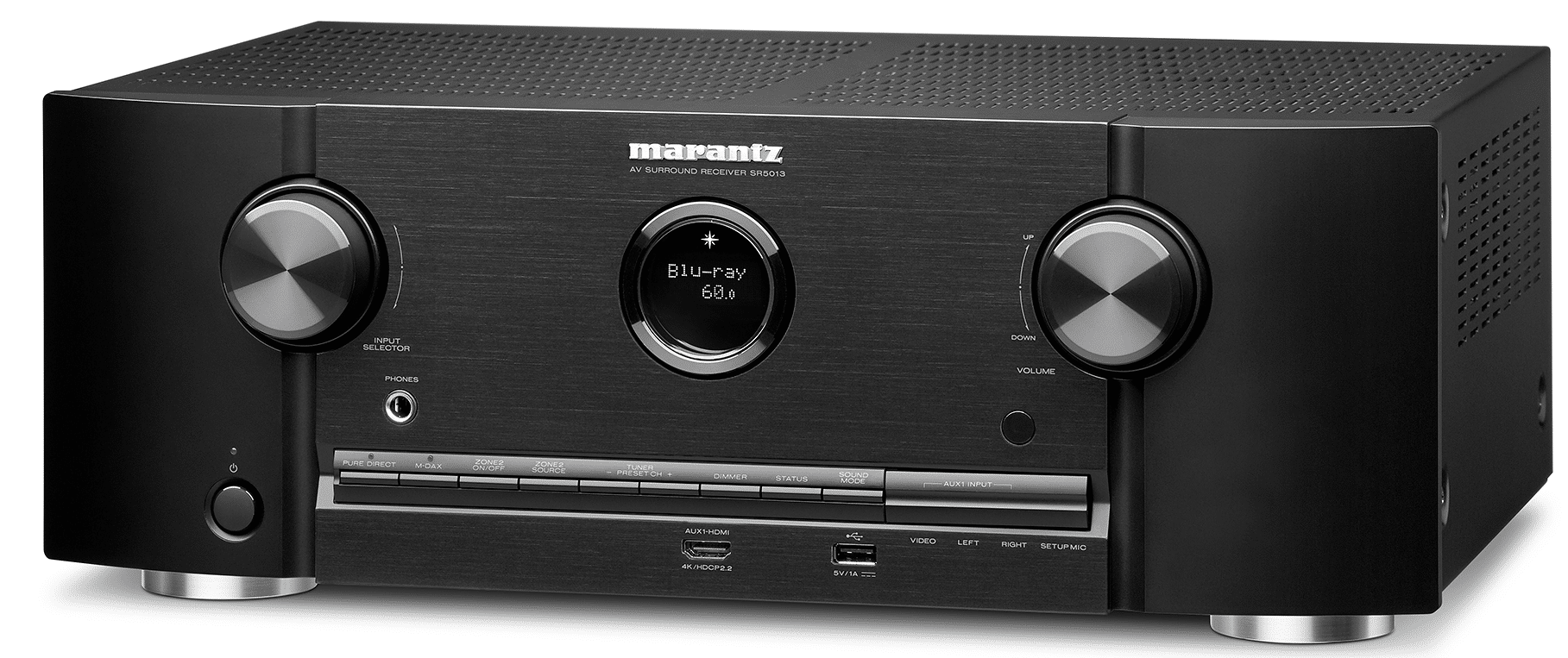
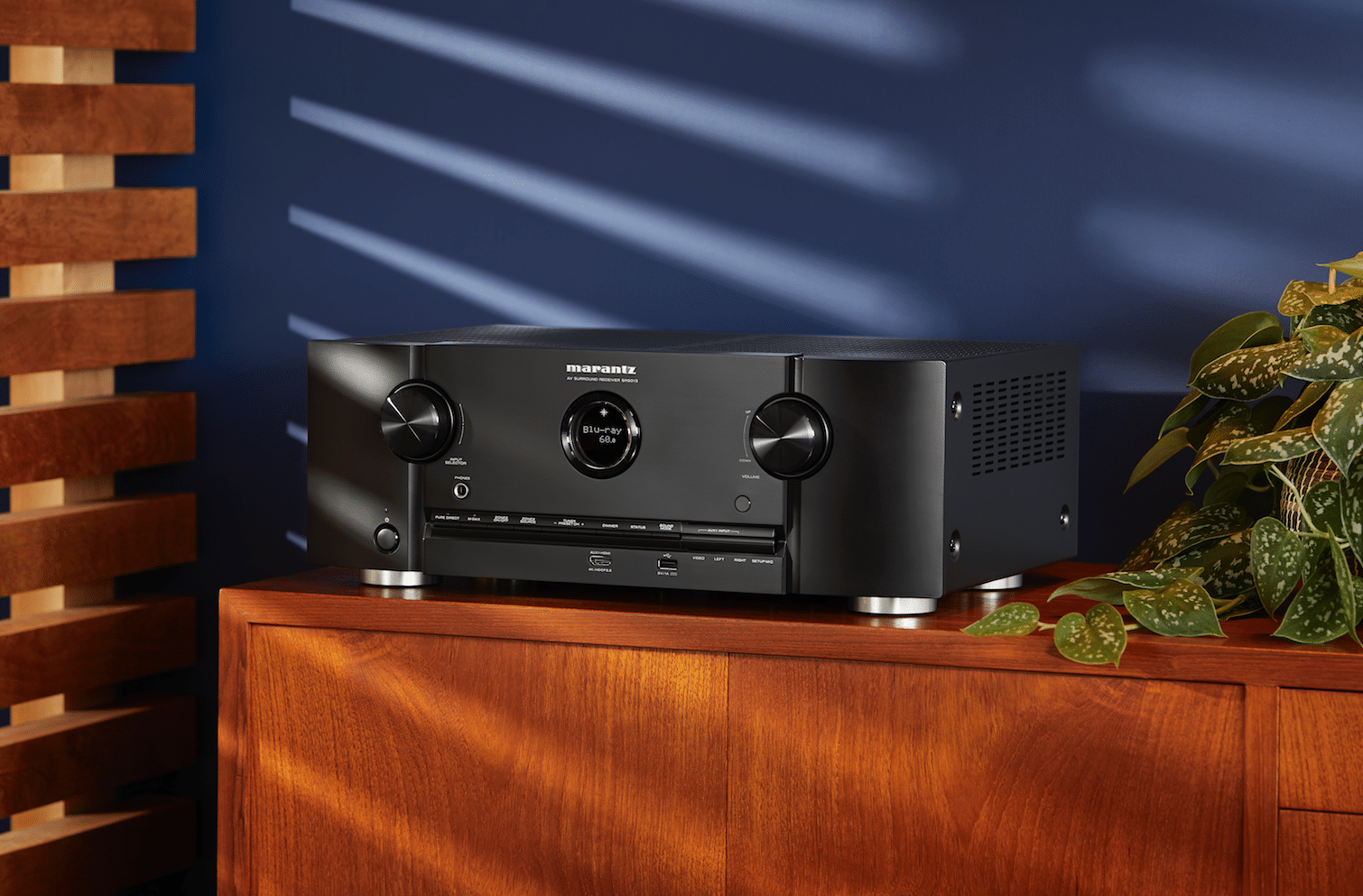

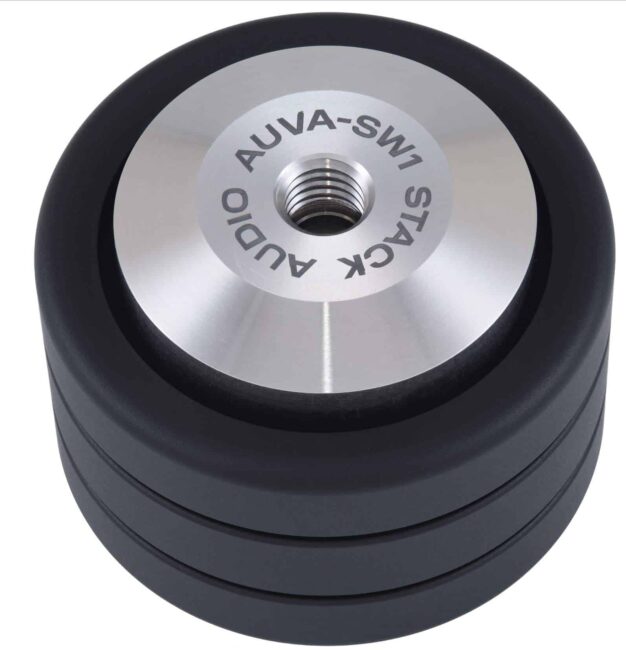
From what I can see, the only difference between these two models and last year’s same models is that the SR5012 now had a Phono input… Seriously Marantz?
The 5013 has 7 – 100w discrete amplifiers, not 7 – 160w discrete amplifies.
Not according to the official release, jake. Actually, though, looking further into this, I wonder if there is a discrepancy between the figures posted online and the figures given to the likes of me.
The figures on the Marantz site differ from yours so it seems either the press release or the site has errors. The Denon updates don’t have any power differences so I think it likely that the Marantz are similar as well.
I agree, seems to be an error somewhere.
Paul, can either of these be used as a preamp and run a power amp through them to power the front L and R speakers do you know? Thanks!
Thanks for your question, Kirk – I believe that both offer a bank of pre-outs on the rear, yes.
Hi Paul, which would you consider to be the better amp, the Marantz SR5013 or the Pioneer VSX-LX303. Ignoring the difference in number of channels (7.1 vs 9.1) as I don’t think I’ll ever be able to get permission for yet another pair of speakers. More interested in your views re sound reproduction & secondly value. Thanks
Hi Steve – I haven’t reviewed either product. I’ve only casually seen them at shows and the like so please take my comments as general guidelines and with a small pinch of salt. I find Pioneer audio products – very generally – very efficient in terms of how they approach sound. A bit in yer face, a bit on the clinical side and punchy. Marantz takes a slightly more audiophile stance. It depends on the product, I know, and not everything it does is successful but there is often a considered approach to how the company does things. Hence, I would probably lean towards the Marantz.